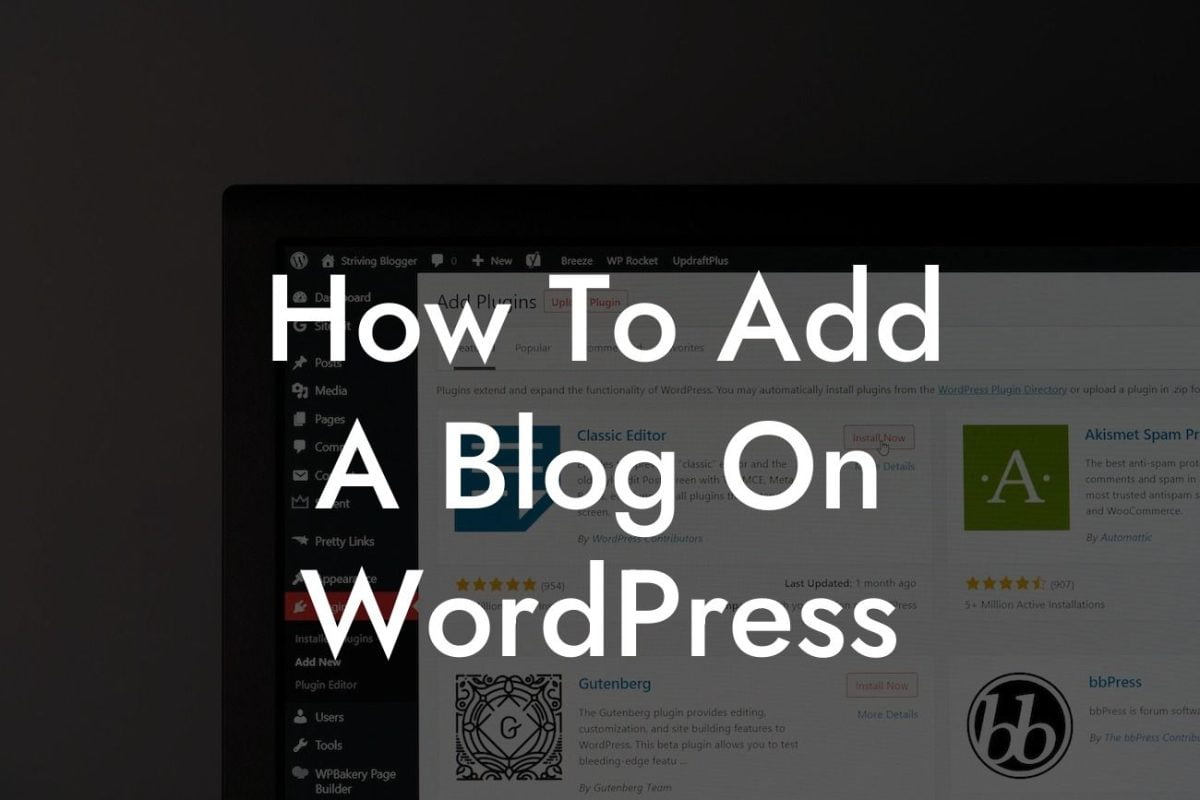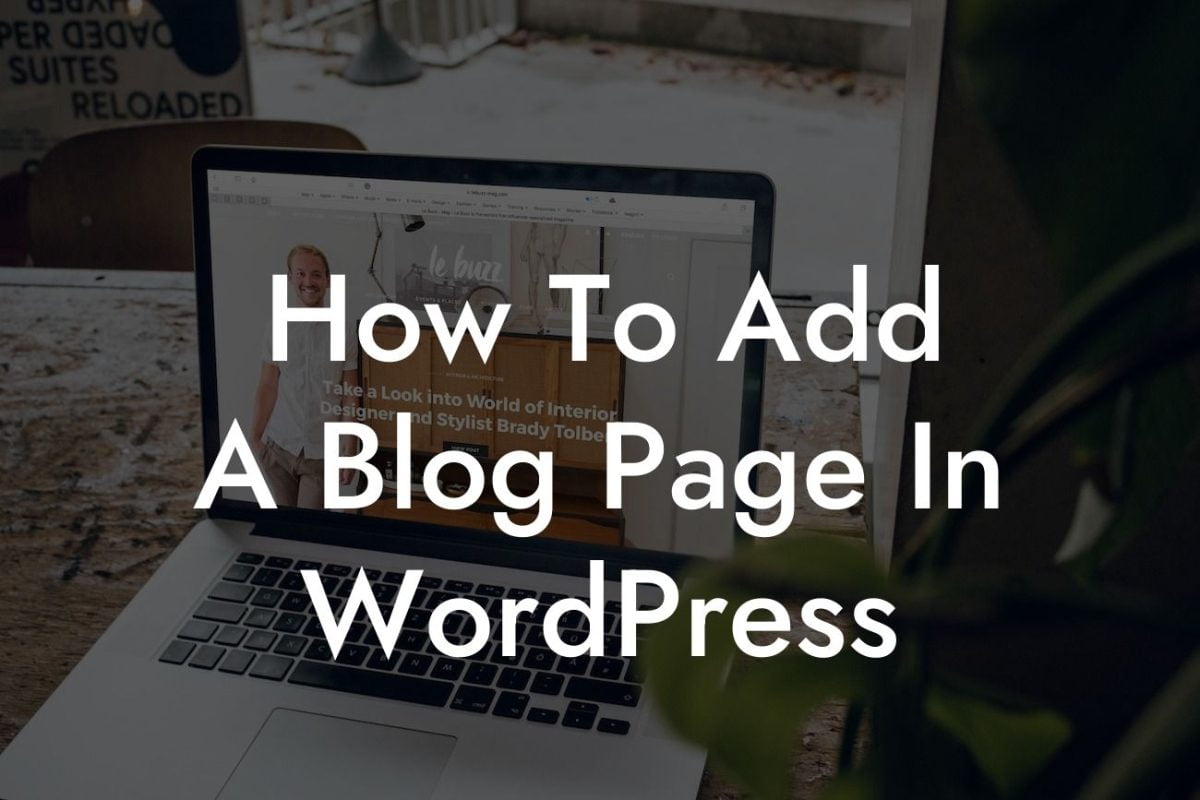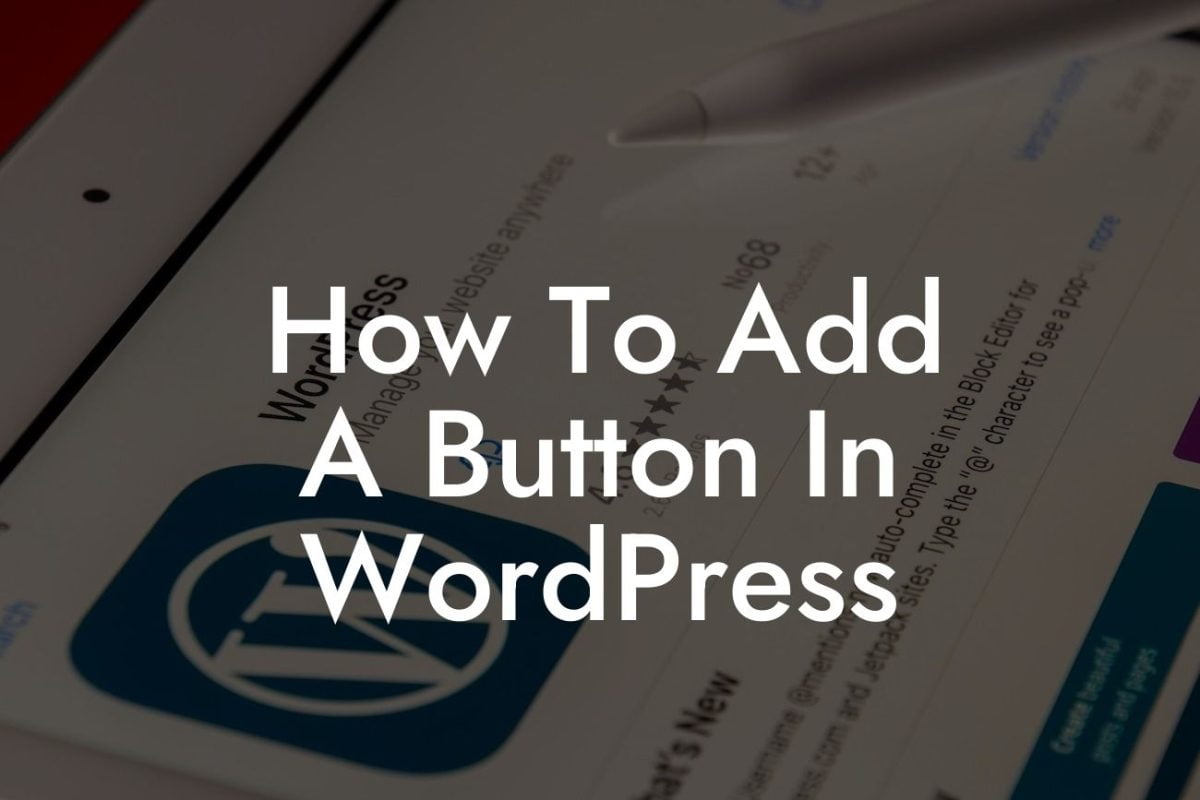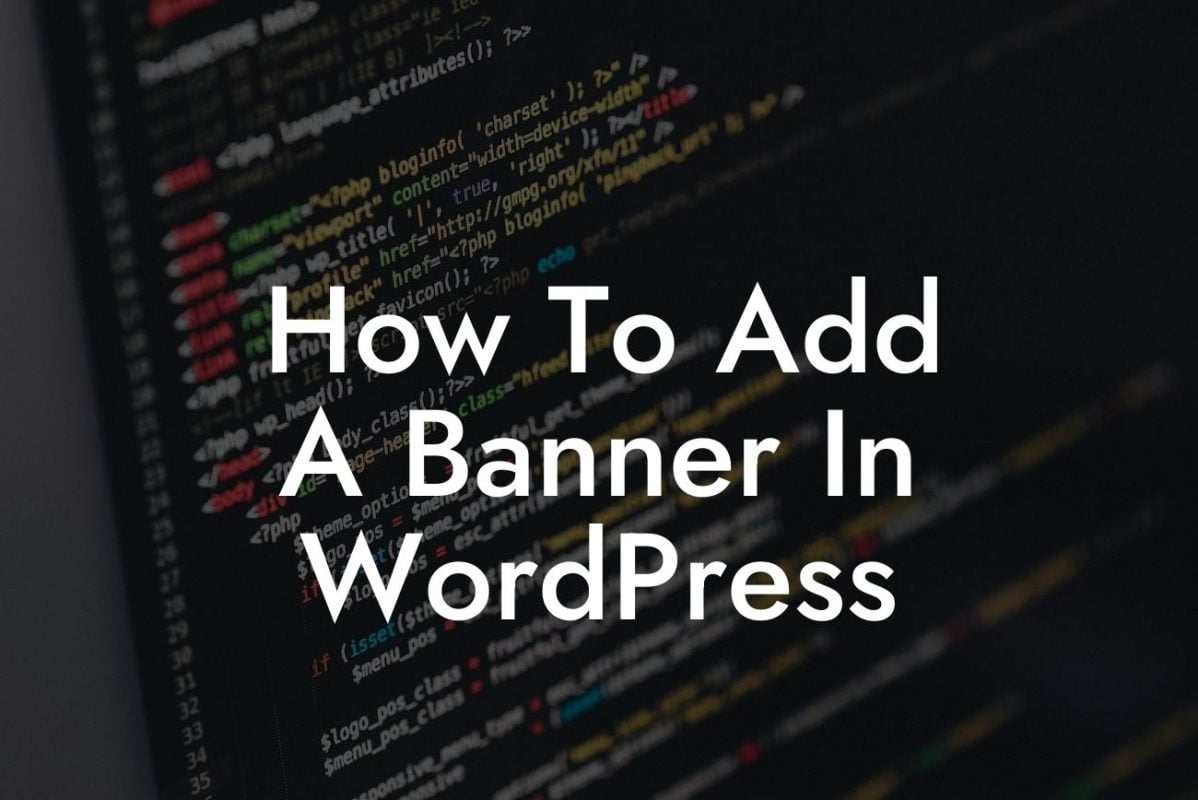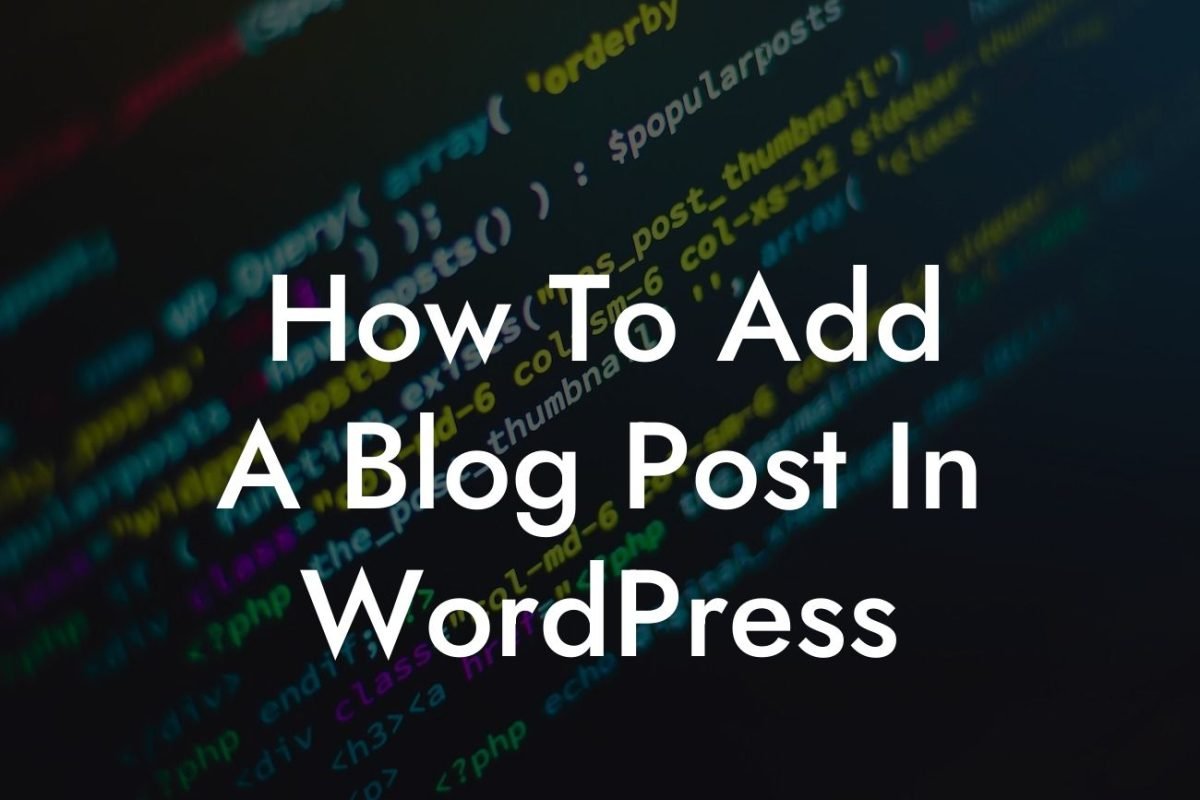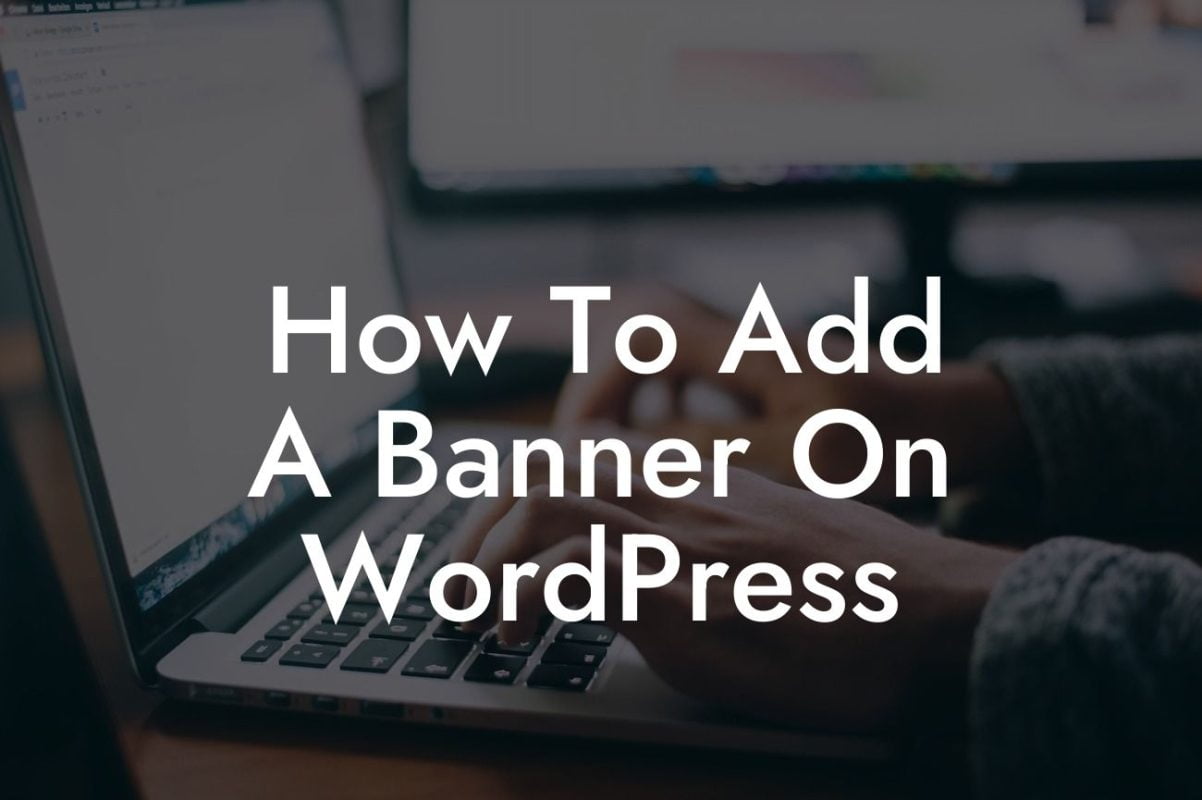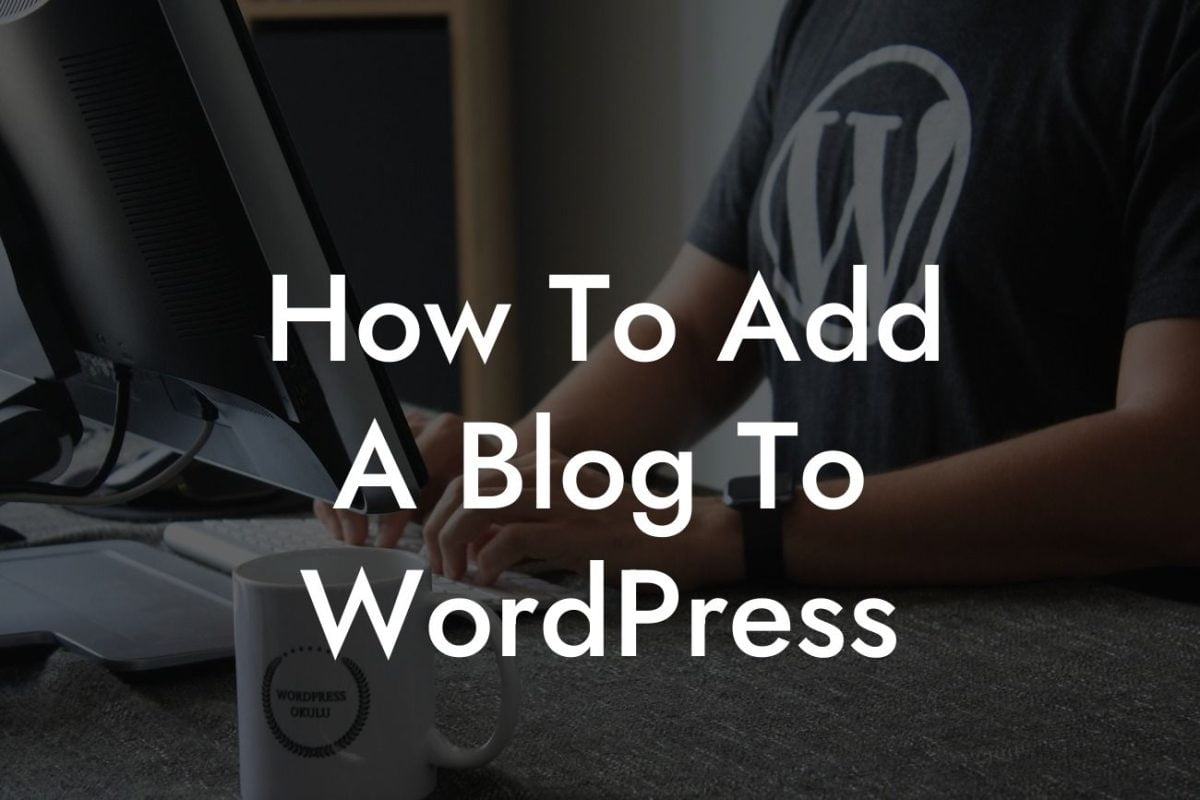Migrating a WordPress site can seem like a daunting task, but with the right knowledge and guidance, it doesn't have to be. Whether you're moving your website to a new hosting provider or simply changing domain names, this comprehensive guide from DamnWoo will walk you through the process step-by-step. Say goodbye to the hassle of cookie-cutter solutions and embrace the extraordinary as we show you how to migrate your WordPress site manually.
1. Backup Your WordPress Site:
- Prior to any migration, it's crucial to create a backup of your entire WordPress site, including the database and files. We'll guide you through different methods to ensure your data remains safe.
2. Set Up the New Environment:
- Before moving your site, you need to set up the new environment where it will reside. This includes choosing a suitable hosting provider, installing WordPress, and configuring necessary settings.
Looking For a Custom QuickBook Integration?
3. Export and Import Your Database:
- We'll show you how to export your current site's database and import it into the new environment. This ensures that all your content, comments, and settings are seamlessly transferred.
4. Transfer the Files:
- Moving the WordPress files is another critical step. We'll cover various methods, such as using FTP or the file manager of your hosting provider, to transfer the files to the new environment.
5. Update URLs and Paths:
- After migrating your site, you'll need to update the URLs and paths within the database to ensure everything functions correctly. We'll provide you with clear instructions on how to accomplish this.
How To Migrate Wordpress Site Manually Example:
Let's imagine you're a small business owner with an existing WordPress site hosted on a shared server. However, your business has grown, and you decide to move to a dedicated hosting environment for improved performance. By following the steps outlined in this guide, you'll be able to migrate your site seamlessly, ensuring minimal downtime and a smooth transition for your visitors.
Congratulations! You've successfully migrated your WordPress site manually. By taking control of the process, you've gained valuable insights into the inner workings of your website. Don't stop here – explore other guides on DamnWoo to further enhance your online presence. Plus, why not try one of our awesome plugins to supercharge your success even further? Share this article with others who might benefit from it and spread the word about DamnWoo's extraordinary solutions.


